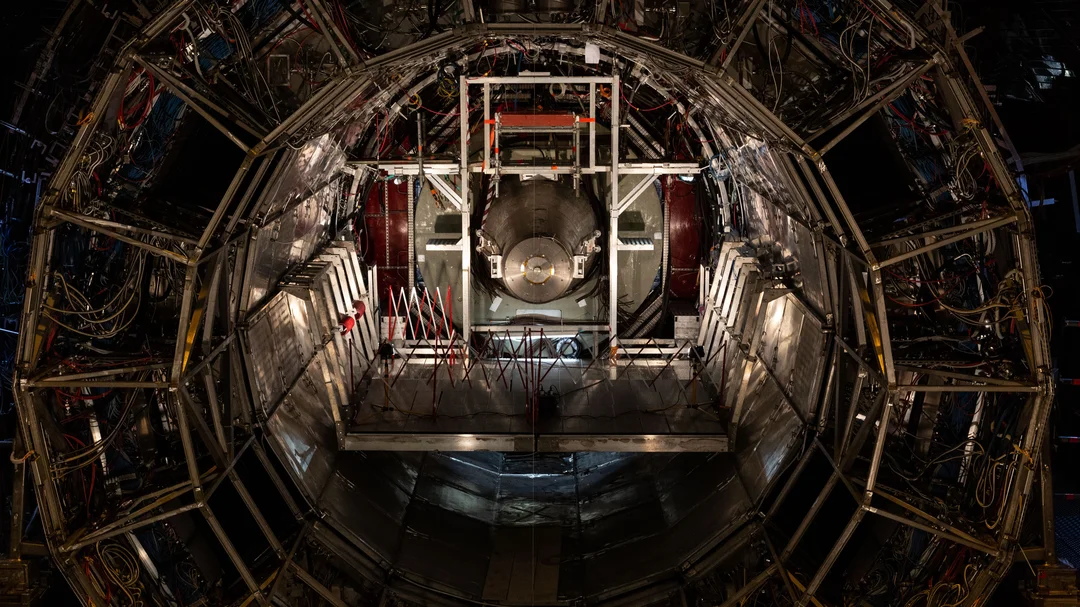
Alchemy Achieved? CERN Briefly Turns Lead into Gold, But Don’t Expect a Treasure Trove
For centuries, alchemists dreamed of transmuting base metals into gold. Now, scientists at CERN's Large Hadron Collider (LHC) have achieved a version of this ancient dream, albeit fleetingly. But before you start planning your gold heist, understand that this "gold rush" is happening on a subatomic scale, and the resulting gold vanishes almost as quickly as it appears.
According to a new paper and CERN's press release, the LHC, during its second run between 2015 and 2018, managed to produce approximately 86 billion gold nuclei by smashing lead nuclei. This remarkable feat was made possible by accelerating lead ions to a staggering 99.999993% of the speed of light.

However, the amount of gold created was minuscule – mere trillionths of a gram. The gold exists for only a fraction of a second before it disintegrates, smashing against the beam pipe, highlighting the ephemeral nature of this nuclear alchemy. The process was quantified by the ALICE (A Large Ion Collider Experiment) detector's zero degree calorimeters (ZDCs), which counted protons accompanying neutrons involved in the lead interactions.
So how does the LHC pull off this near-miracle? As Live Science explains, Gold (79 protons) resides close to lead (82 protons) on the periodic table. By knocking just three protons (along with some neutrons) off a lead atom, scientists can, in theory, create a gold atom. This is achieved through high-energy collisions or near misses, where intense electromagnetic fields cause lead nuclei to eject protons and neutrons.
"Thanks to the unique capabilities of the ALICE ZDCs, the present analysis is the first to systematically detect and analyze the signature of gold production at the LHC experimentally," emphasized physicist Uliana Dmitrieva of the ALICE collaboration at CERN in the original paper.
While gold is the headline-grabbing element, the process also produces thallium and mercury. Live Science notes that the quantity of gold produced during the experiment's third run has nearly doubled, reaching approximately 89,000 nuclei per second.
This experiment serves less as a viable method for gold production and more as a powerful demonstration of our ability to manipulate matter at its most fundamental level. It also allows physicists to test theoretical models related to electromagnetic dissociation and beam losses in particle colliders, as John Jowett, another physicist at the experiment described. Marco van Leeuwen, spokesperson for the ALICE collaboration, noted the impressive capability of their detectors to handle both high-energy collisions and these rare nuclear transmutation events.
While the medieval alchemists' dreams may remain unfulfilled in a practical sense, the LHC's success in briefly creating gold from lead stands as a testament to the remarkable power of modern science. It showcases our capability to probe the universe's deepest secrets, albeit in tiny, fleeting glimpses.
What do you think about this modern take on alchemy? Share your thoughts and reflections in the comments below!